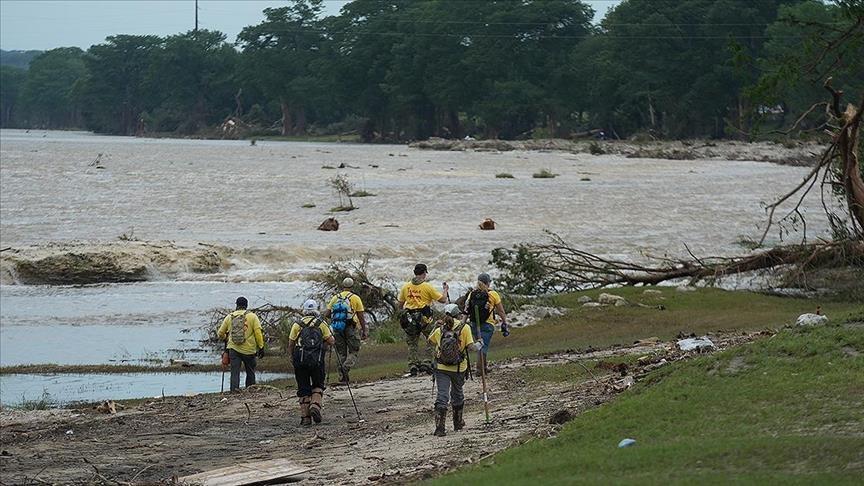Africa-Press – Eritrea. Floods, made more frequent and severe by climate change, are increasing the risk of dangerous, long-banned chemicals reentering the environment through contaminated rivers, soil, and food systems, the UN Environment Program (UNEP) said in a new report.
The warning came in UNEP’s Frontiers 2025 report, which identified four emerging environmental risks linked to climate change. The agency said floods are now remobilizing chemicals once thought safely buried, creating new threats for human health and ecosystems.
“Floods can bring such chemicals to the surface, after having accumulated in the sediment over centuries,” the report said. As floodwaters stir up contaminated sediment and debris, toxic substances may be released and spread across agricultural lands, urban areas, and freshwater sources.
Global warming has led to more extreme weather, including severe flooding. The mass of the cryosphere — glaciers, seasonal snow, sea ice, permafrost and related frozen systems — is expected to decline sharply if global temperatures rise more than 2C above pre-industrial levels. That shift could also awaken ancient bacteria and viruses, raising concerns about antimicrobial resistance.
Another rising concern is the risk posed by aging dams, especially for indigenous and fishing-dependent communities. UNEP says dam removal may become a necessary strategy in some cases.
The report emphasizes that flooding, in particular, poses a renewed danger by releasing hazardous pollutants previously considered dormant.
Markus Brinkmann, one of the report’s authors and director of the Toxicology Centre at the University of Saskatchewan in Canada, told Anadolu that many of the chemicals at risk of resurfacing were banned decades ago due to their toxicity — but they remain in the environment.
“These chemicals do not disappear,” he said. “They are persistent — meaning there are very few degradation processes to break them down — and they are bioaccumulative, so they concentrate up the food chain.”
Brinkmann cited the 2006 Stockholm Convention, which banned or phased out many such substances globally. “But they’re still around,” he said. “They’ve been buried in low-lying bottom sediments — in rivers, landfills, contaminated sites — where high concentrations still exist.”
“When a flood event comes through, it disperses that historical record and remobilizes these old stores of harmful chemicals,” he explained. “They now become part of the water body again and potentially enter wildlife and human systems.”
He warned that low-lying settlements along rivers and coastlines — home to large populations — are especially vulnerable. “Unfortunately, that’s where globally many people have settled… more and more people live in flood-prone areas,” he said.
Brinkmann added that the long-term effects of chemical pollution during cleanup and rebuilding are often overlooked. He urged policymakers to factor this into water management and emergency planning.
Maarten Kappelle, chief of UNEP’s Scientific Assessment Branch, told Anadolu that floods can cause banned chemicals and toxic substances to mix with soil and water, citing recent disasters in India, Pakistan, and Texas.
He stressed that this is not just a problem for the Global South. “Low-lying and coastal regions are most vulnerable to these risks,” he said.
Kappelle warned that industrial chemicals such as PBTs and PFAs — used in electronics — as well as asbestos from storage sites, can be reintroduced into the environment by floodwaters. Despite restrictions, these chemicals are still being detected in water systems, either from legacy contamination or ongoing industrial use.
“These are chemicals that should not exist in the environment,” he said. “But they continue to show up. Some are endocrine disruptors or contain other toxic properties. The long-term risks could be catastrophic.”
Kappelle also noted that many countries lack effective early warning or environmental monitoring systems. “Although there might be a forecast or a warning sent out by the authorities, the capacity to monitor and respond is often not up to standards,” he said. “That’s the biggest gap we need to fill.”
“These emerging issues require careful attention from policymakers and practitioners,” he added. “It is better to prevent than to cure — also in terms of cost to people, nature, and the economy.”
Source: UN
For More News And Analysis About Eritrea Follow Africa-Press







